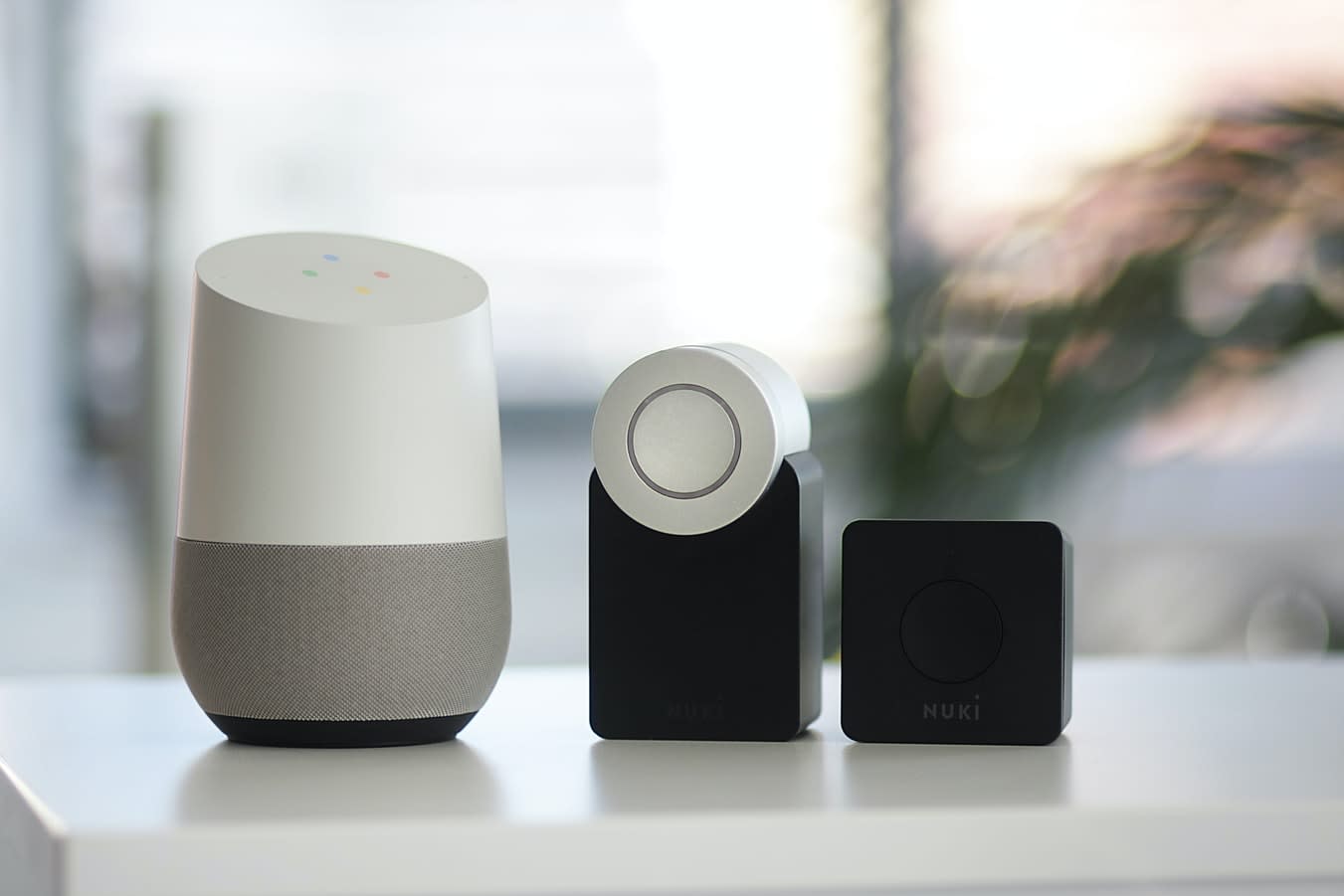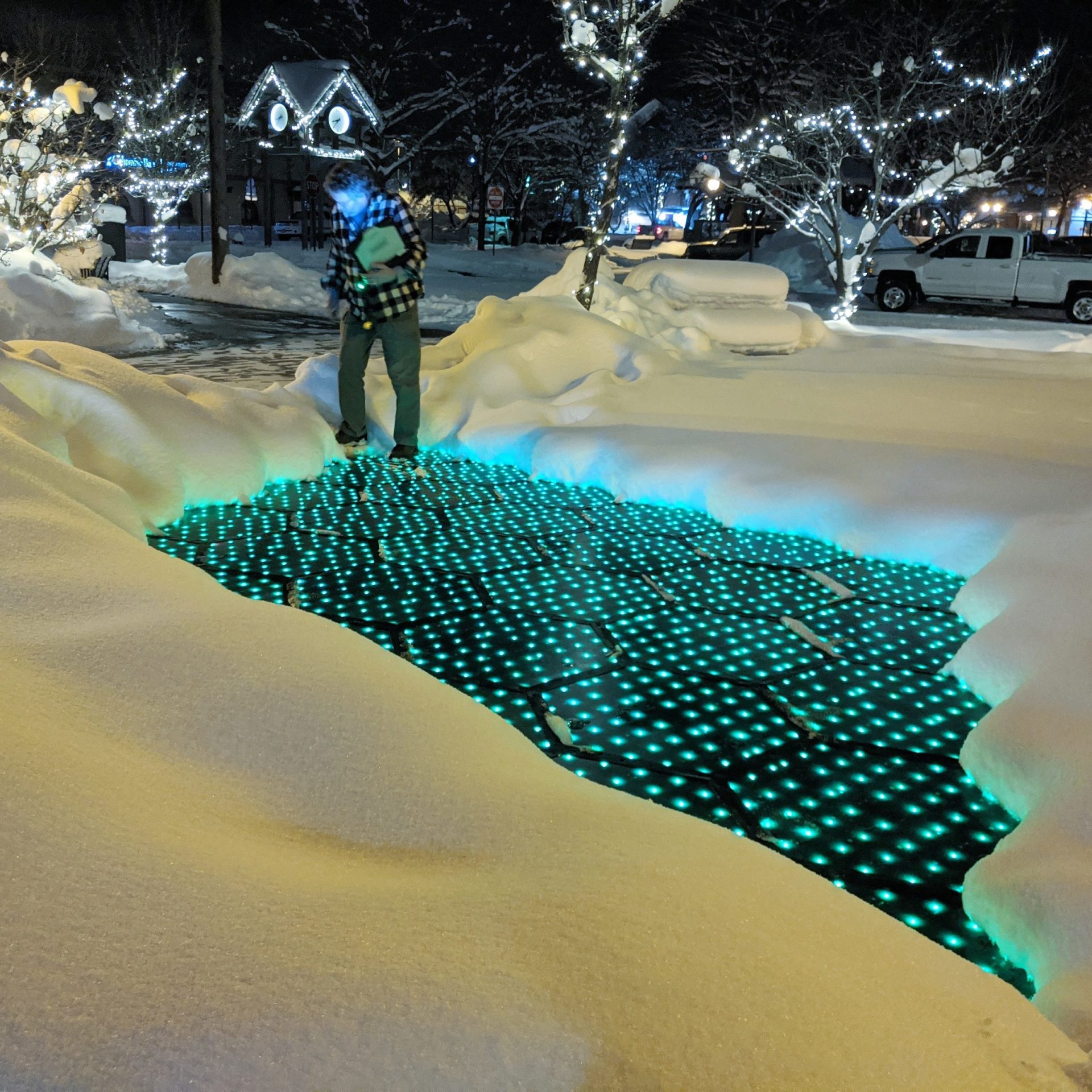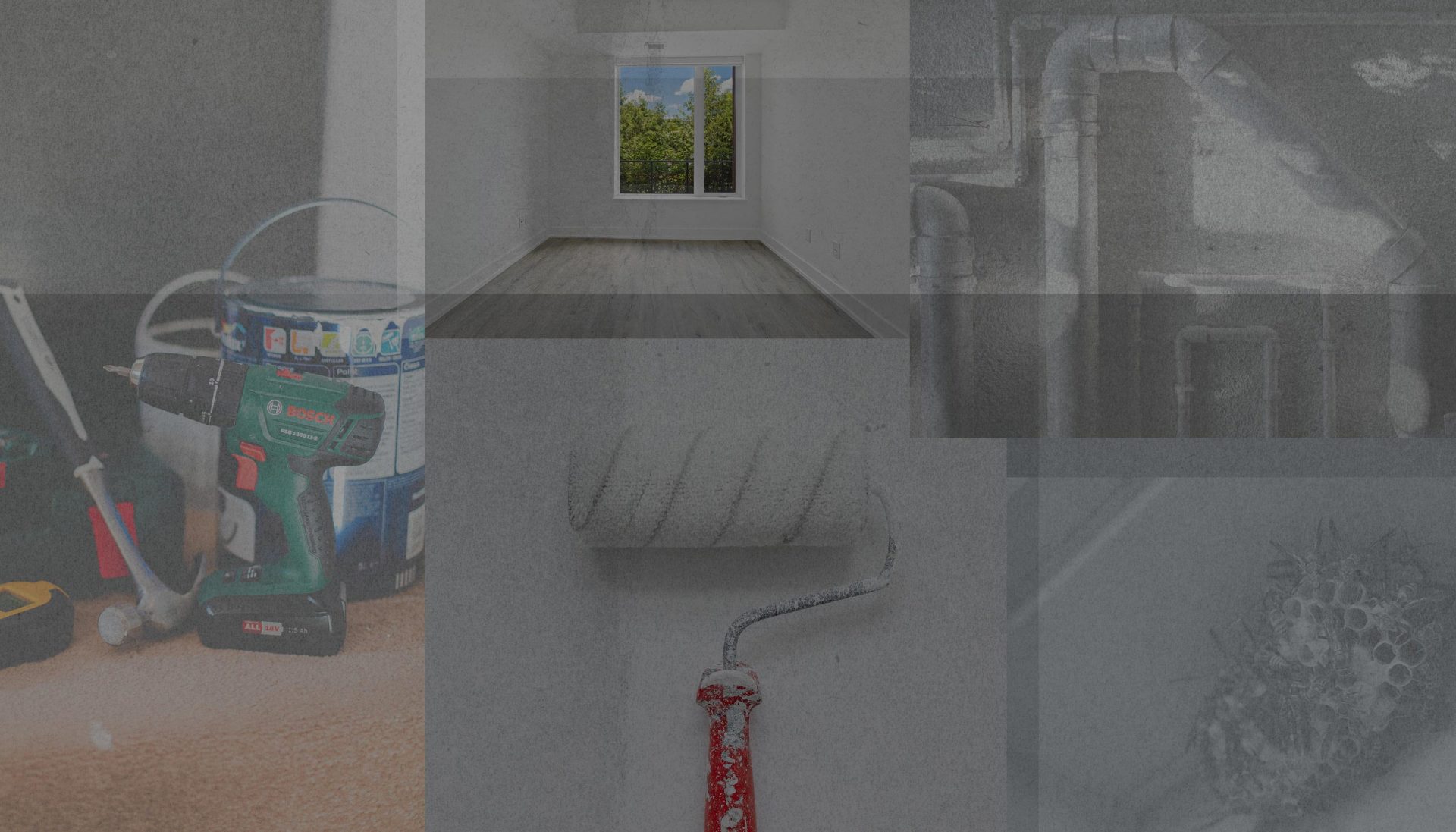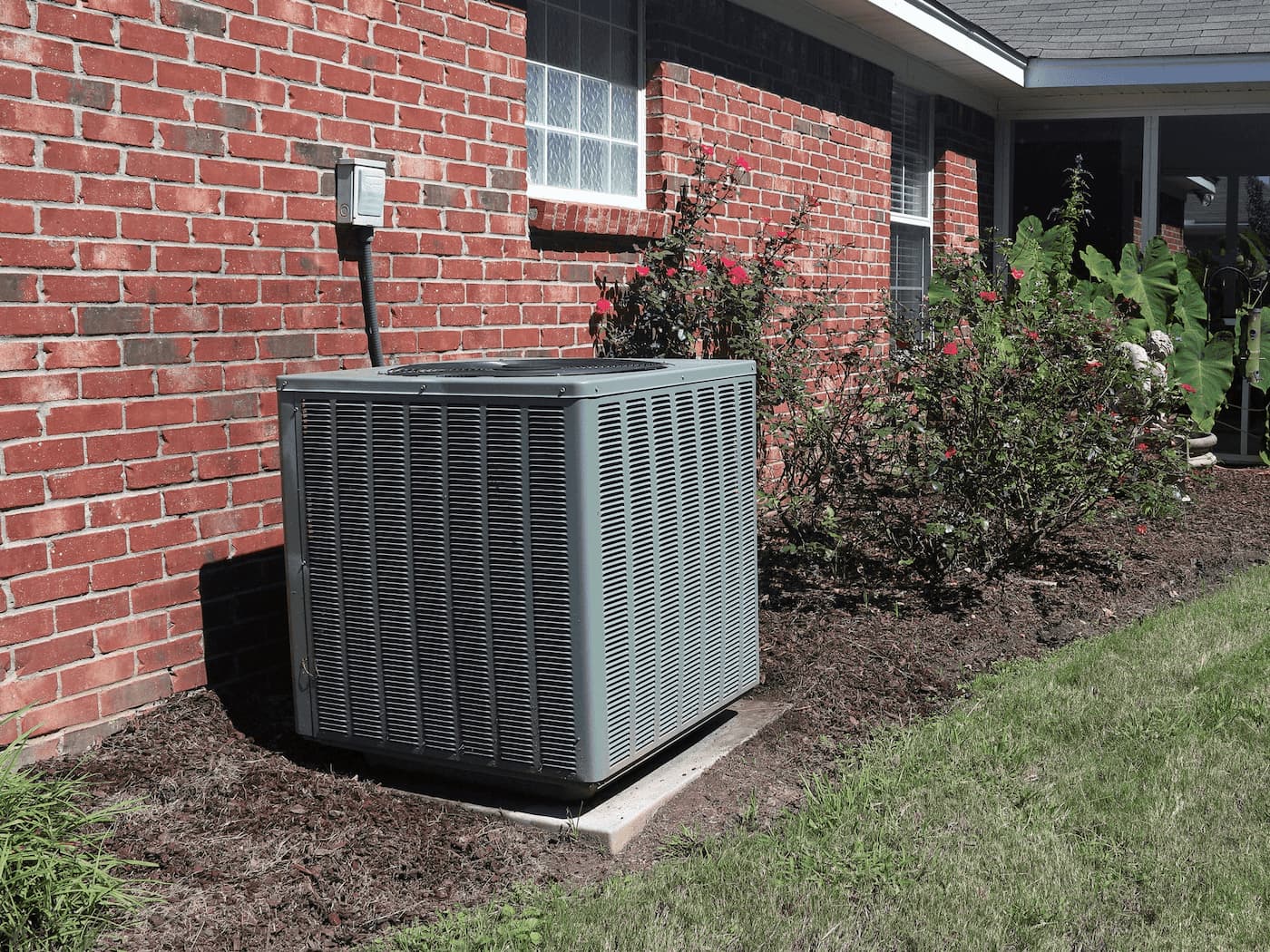The first smart home in the United States was the brainchild of a Westinghouse engineer named Jim Sutherland, who built the first home automation device in 1966. The Electronic Computing Home Operator, or ECHO IV, controlled temperature and appliances and kept track of shopping lists, recipes, and family memos.
A few years later, in 1969, government scientists in the Department of Defense introduced the ARPAnet, the precursor to the Internet, setting the stage for the connected world we live in today.
By 2025, there is expected to be 77.1 million smart homes in the country, according to Digital Market Outlook. These days we can talk to our refrigerators, lights, doorbells, locks, thermostats, vacuum cleaners — even our exercise machines.
A tricked-up smart home can cost tens of thousands of dollars, but for most people a much more modest setup can accomplish most of what they want. For investors in single-family rental homes, a house that offers some built-in modern conveniences is attractive to the millennial generation, which is the prime target market for their properties.
Billy Wardlaw, senior operations manager at Mynd, said the three areas that are the best candidates for upgrading to smart technology are a home’s lighting, its doorbell and the heating, ventilation and cooling (HVAC) system. Upgrading the lights, in particular, provides a layer of security as it allows a property owner to turn on lights with an app before getting out of the car.
“It can be very efficient and convenient, especially if it’s connected to an app,” Wardlaw said. “If you forget to lock your door, you can check your phone to do it.”
Wardlaw told a story about how his mother, a truck driver who lives with his grandmother, was able to turn up the heat while she was on the road when his grandmother called to complain about being cold.
“My mom can control the heat with her app even if she’s all the way across the country,” Wardlaw said.
Another Mynd employee, Chris Escobar, uses an app on his phone to control the heat and lights for his grandmother’s home in El Salvador.
In addition, some apps will notify homeowners if there is somebody inside the house when they are not home, through motion-detector cameras. Smart doorbells with built-in cameras can monitor activity outside, and now that many people are having packages dropped off on the front porches, offer a layer of security if there is no one home when a delivery is made.
How a smart home can benefit an investor
A property owner who invests in smart home technology will be able to attract tenants who are looking for a more modern property to live in. Younger generations, one of the prime target markets for single family rentals, are accustomed to doing just about anything they want on their phones, so allowing them to control their lights or thermostats remotely is a desirable amenity. Recommended Smart thermostat options include the Google NestLearning and the Ecobee SmartThermostat with voice control, which both sell for about $250. The lower-end Google Nest and the Wyze Thermostat cost about $50 each.
Automating some property functions can eliminate concerns about electricity usage or the worry that comes with trying to remember if you locked the front door. The benefits of smart switches, door locks, smoke and carbon monoxide detectors, garage door openers and the like include:
- Makes a home more secure by enabling remote activation of lights and locks.
- Reduces energy bills by using appliances more efficiently.
- Saves on heating costs through a programmable HVAC that accommodates a renter’s schedule.
How much does it cost to make a home smart home
Some cable providers can help with the process of converting to a smart home, so a property owner can check to see what is available in their area. For a basic home automation project, the national average is between $2,000 and $7,000, with most homeowners spending around $5,500 to automate their lights, door locks, thermostats, install a smart speaker, and smart plugs in three rooms.
For as little as $500, a property owner can get a smart speaker, three smart bulbs and a hub, four smart plugs, and a lower-end Nest smart thermostat, security camera, and a basic lock. These should be items that do not need to be hooked up to a central hub, but if they are all compatible it will be easier to add capability over time. A smart home hub, which allows devices to communicate with each other, has the advantage of a single user interface to control everything. But a hub is not essential to setting up a smart home, though it is important that the WiFi router reaches into every corner of the house.
When it comes to the dozens of voice-activated systems available, but most Amazon’s Alexa, Google Assistant, Apple’s Siri. The speaker that an owner chooses to activate their voice commands depends on the priorities of the buyer — whether it be music quality, an available touch screen, or the ability to interact with other smart gadgets in the home.
Smart home device manufacturers have embraced speakers so in most cases they can act as a home’s hub, interacting with smart lights, thermostats and home security cameras, even displaying video feeds from them.
A smarter home is a more expensive proposition
Installing automated outlets, lights, doorbells, thermostats and other smart home devices can be expensive, and even the low-end, rudimentary system described above costs hundreds of dollars. According to Gearbrain, the average three-bedroom, two-bath home in America has 47 light bulbs (6 per room) and a smart bulb that will change colors cost about $40. (There are cheaper options for $20, but those do not change color.) So to upgrade the lighting system can cost upward of $1,880.
A home that also has smart technology for locks, doorbells, plugs, motorized window blinds, thermostats, security cameras and an alarm will rack up about a $14,000 bill. Throw in another $1,000 for an automated the sprinkler system, or $600 each for a roomba for each floor. A new array of smart appliances can run up another $15,000-$20,000, and that’s not counting the TV, a fancy speaker system, or a Peloton exercise bike.
Any automated system relies on WiFi, so if there is a power failure or the connection to the Internet fails, the home’s smart system will stop operating. Most people who install sophisticated smart home systems also install a backup generator, and if appliances are part of the setup, look for those that have a manual override.
And since most technology products are out of date shortly after they are removed from the box, most of these items will need updates and support on a regular basis. An investor can anticipate that smart home gadgets will need replacement every few years, another added expense.
Protecting a smart home network from hackers
Once devices in a home are connected to the Internet, they can become targets for hackers. All smart home technology is classified as the Internet of Things, which makes more of our lives vulnerable to data breaches, digital privacy, and identity theft.
There have been scads of articles about various hacks of home devices, including doorbells, refrigerators, security cameras, lawn sprinklers, printers, etc. Manufacturers, and most consumers, have gotten more savvy about how to protect their data, but no system is risk free.
But there are ways to protect your investment.
Smart gadgets are essentially mini computers connected to the network, and are constantly collecting data from embedded sensors. These connected appliances are generally protected by poorly secured consumer-grade home routers.
Wardlaw, Mynd’s senior operations manager, prefers having an app that requires his fingerprint to open it if he is logging into his smart network at home. Another way to protect devices is to enable two-factor authentication.
“The best thing to do is to add an extra layer of security,” he said.
Here are some steps to take to make a smart home more secure:
- Create a secure WiFi network: Purchase a router from a reputable brand and change the network’s name and default password. Choose a name that doesn’t give away your location or personal details. Consider hiding your network from view, an option in the router’s settings menu.
- Choose devices carefully. Make sure they have security protocols built-in and update the software regularly.
- Use strong passwords. Use unique, hard-to-guess passwords with several characters, numbers, and letters on all of your devices.
- Use two-factor authentication. This will send a code to either a cellphone number or an email before permitting a log in.
- Avoid public wi-fi for remote access. If you are in a coffee shop or another public wi-fi setting, avoid logging on to your home network.
- Check app permissions. This should enable you to add another layer or security.




